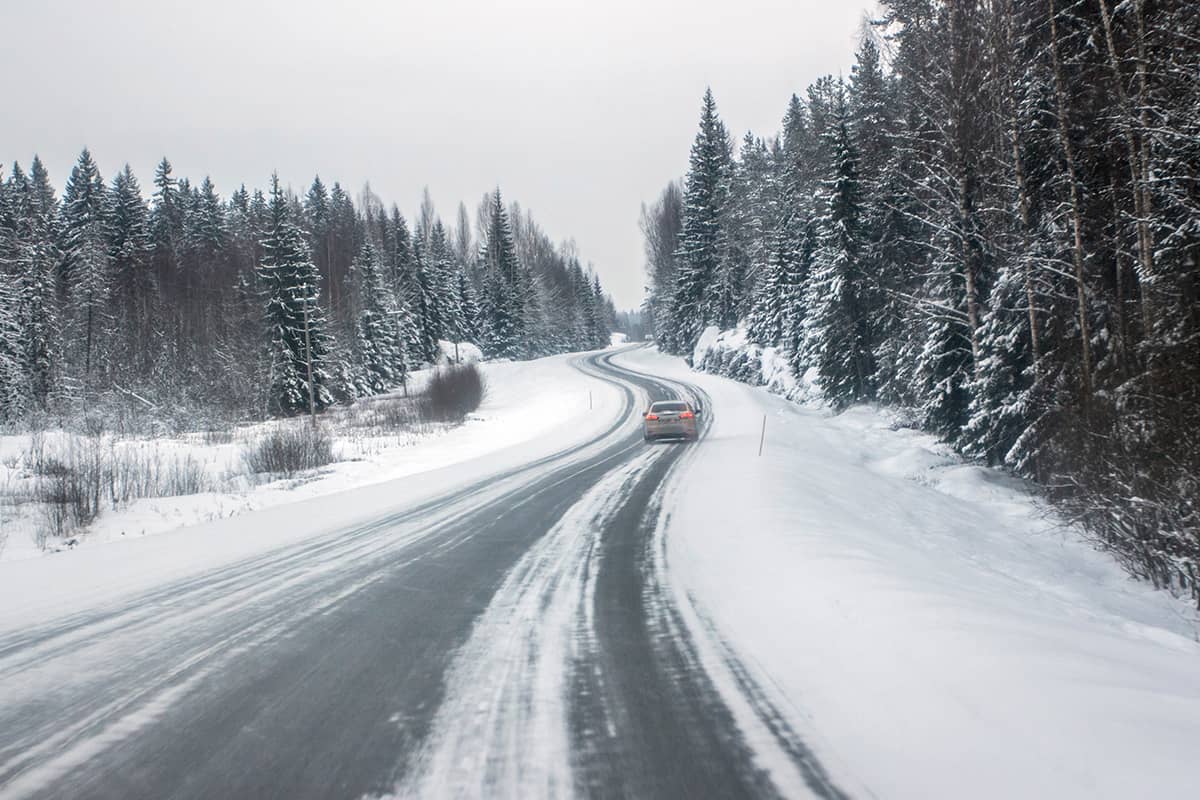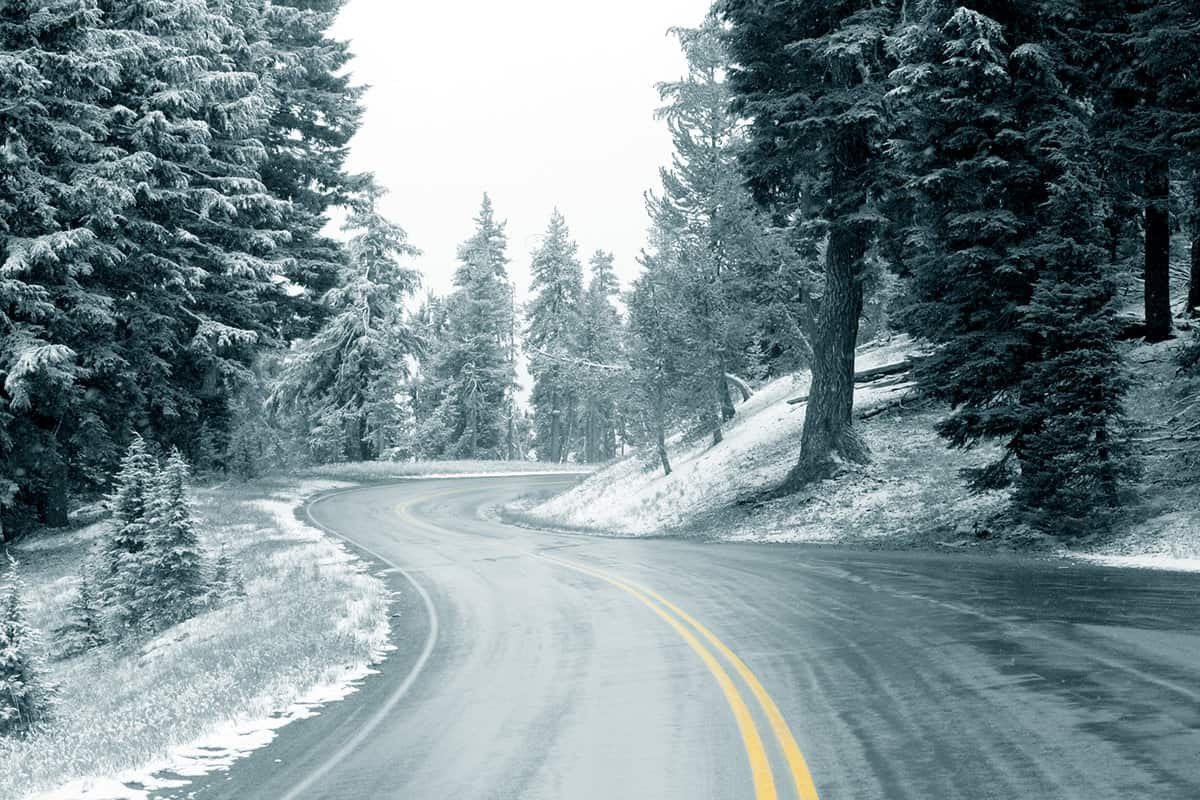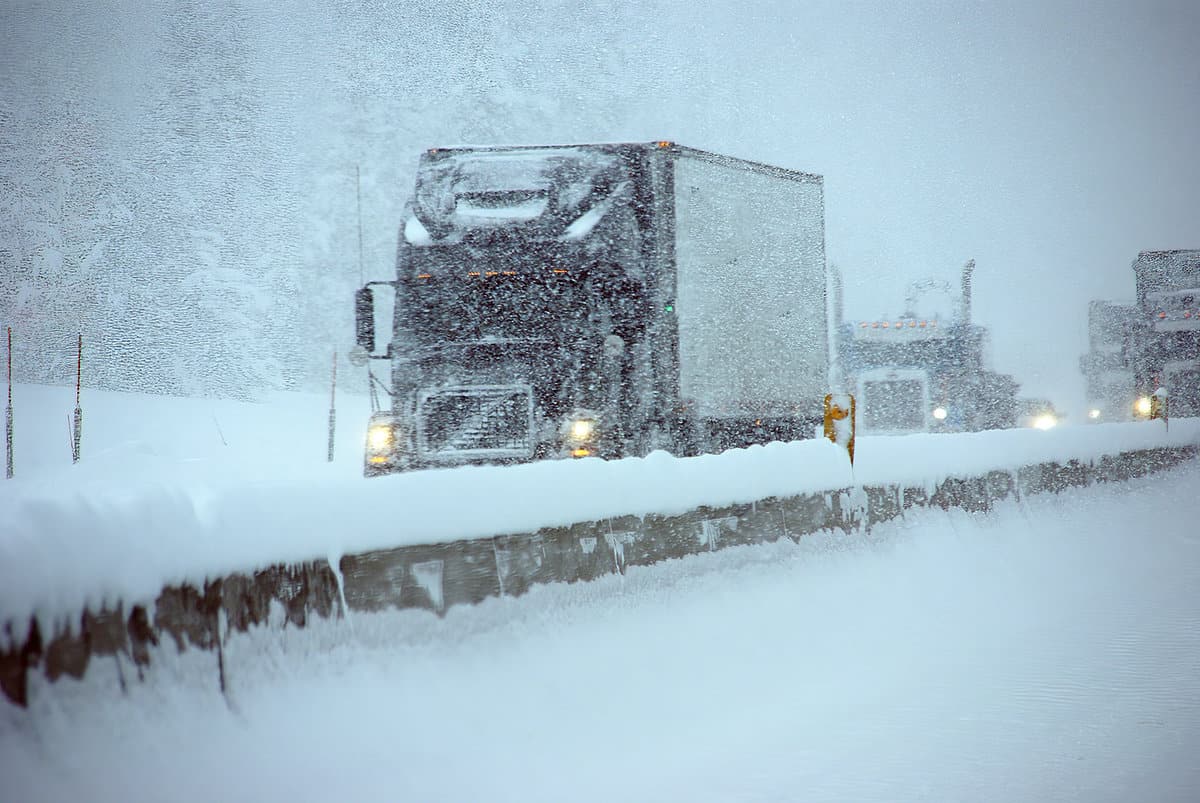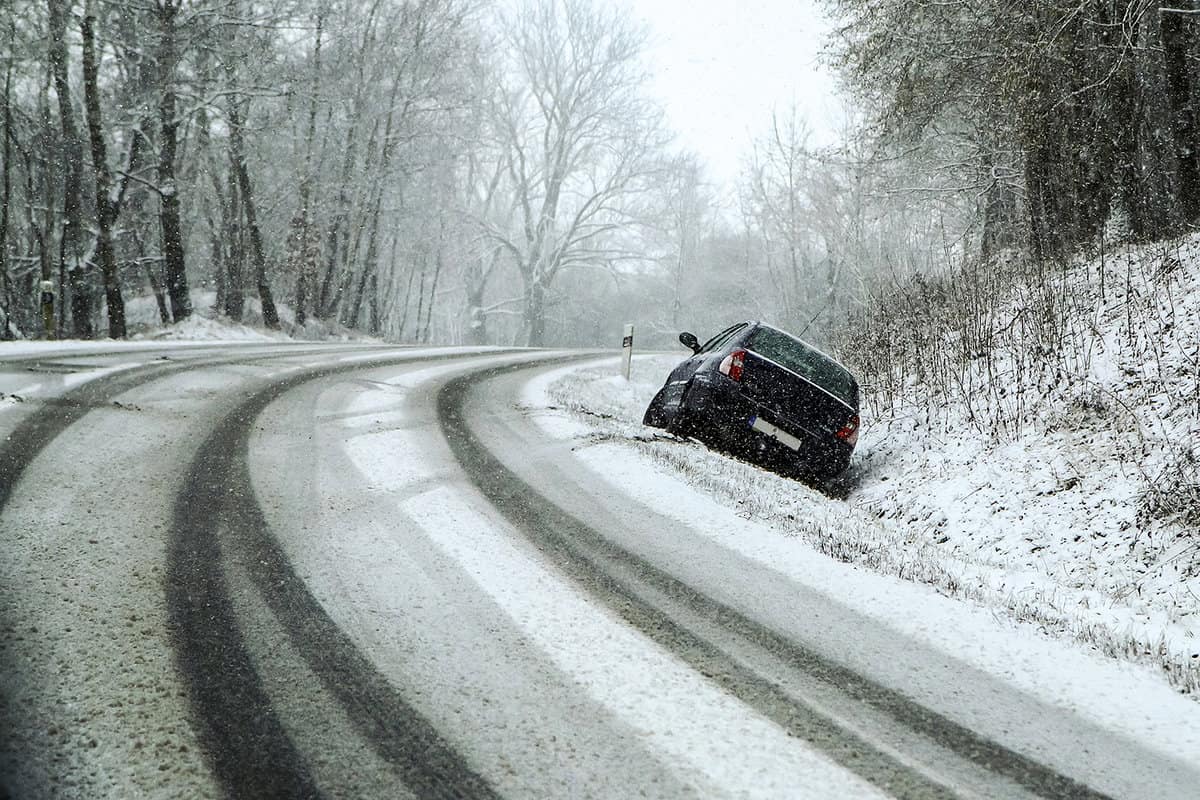If you plan to travel from Portland to Bend, Oregon, in the winter, you may wonder if it's safe. While many factors come into play, there are travel safety tips you can follow to make your trip as safe and enjoyable as possible.
Whether it's safe to drive to Bend from Portland in the winter will Depend on your vehicle drivetrain, current weather conditions, and experience driving in winter.
Nonetheless, here are some tips for driving to Bend from Portland in the winter:
- Check Weather Forecast
- Check Road Conditions
- Use Snow Tires and Chains
- Share Your Plan
- Take It Slow
- Avoid Hard Braking
- Be Aware of Black Ice
- Increase Following Distance
- Keep Fuel Tank Full
- Bring Emergency Kit
- Cancel the Trip
When traveling anywhere, the most important thing is arriving safely. This article will discuss tips for traveling from Portland to Bend, Oregon, in the winter. In addition, we will answer other frequently asked questions about driving in Oregon in the winter, so read on!
Is Driving From Portland To Bend, Oregon, Safe In The Winter?

Portland is a big city that is home to several large businesses. With that, numerous residents want to visit family and friends in neighboring Bend. While the drive is relatively short in good weather, winter weather can make the drive more treacherous.
Even though Oregon is known for heavy rainfall, routes that have mountain passes can produce heavy snowfall and icy conditions. There are two main routes from Portland to Bend that travelers can choose from.
The first and most trafficked is Highway 26 to 97. This route takes you through Mount Hood and is a popular option for many as it is the most direct route. The second option is to take I-5 with a cut across highways 22 and 20. The latter takes you through Santiam pass shortly after turning onto highway 20.
As you can see, both routes have the potential to have winter weather conditions. In addition, when road conditions are good, the time to the destination can range are similar.
Whether or not it's safe to take either route in the winter will depend on your vehicle drivetrain, the current weather conditions, and your experience driving in winter weather.
For example, an all-wheel drive Subaru Outback with winter tires would have no issue making the drive in most conditions. On the other hand, a front-wheel drive Honda Civic would have more difficulty, especially if there is heavy snowfall.
Lastly, your experience driving through mountain passes in the winter will also play a role in determining whether or not the drive is safe for you.
Nonetheless, no matter your winter driving experience, consider these safety tips to make the drive from Portland to Bend as safe as possible.

Check Weather Forecast
When planning your trip, watch the weather forecast as the days get closer. This will give you a good idea of what to expect regarding weather conditions.
Remember that the weather can change quickly, especially in mountainous areas. For example, one day, it could be sunny, and the next, there could be a winter storm.
Therefore, if the forecast is calling for a winter storm, it may be best to delay your trip or take an alternative route.
Check Road Conditions
Check the Oregon Department of Transportation's [ODOT] website for updated road conditions on the day before and the morning of your trip.
This is important as road conditions can change quickly, especially if there is a winter storm. If you see that the roads are icy or covered in snow, it may be best to delay your trip or take an alternative route.
In addition, these road maps can show photos of what the current conditions are like. This can help decide whether or not to make the drive.
Use Snow Tires and Chains
Even if you have an all-wheel drive or a 4-wheel drive vehicle, it is still a good idea to use snow tires and chains. This will give you the best chance of making it through any winter weather conditions.
If you don't have snow tires or chains, ODOT requires that you carry them in your vehicle whenever there are winter conditions or a "snow zone" is in effect.
A snow zone is an area where winter conditions are common and can be activated at any time. When a snow zone is in effect, you must always have chains or traction devices with you.
In addition, studded tires are allowed from November 1 to March 31. If you have a front-wheel-drive vehicle, it is recommended only to put studded tires on the front wheels.
Share Your Plan
Before you leave, tell someone the route you are taking, what time you plan to leave, and when you expect to arrive. In winter storms and mountain passes, cell service can be spotty.
If you run into trouble or get stranded, this will allow someone to send help if needed.
Take It Slow
Driving in winter road conditions isn't a sprint; it's a marathon. Take your time, and don't drive too fast for the conditions. If you do, the chances of losing control of your vehicle and crashing increase.
If you are going up a hill, use a low gear so you don't overwork your engine. This will help prevent you from sliding backward.
In addition, give yourself extra time to get to your destination. This will help reduce stress and allow you to take your time if need be.

Avoid Hard Braking
Whenever driving in icy or snowy conditions, avoid hard braking. This can cause your vehicle to skid or slide.
If you need to brake, do so gently and gradually. Braking on ice can be a recipe for disaster regardless of the vehicle or tires you have on your car.
Be Aware of Black Ice
Black ice is one of the most dangerous winter driving hazards. It is a thin layer of ice that can be hard to see, especially at night.
When driving, be aware of black ice and look out for any shiny or wet spots on the road. This could be a sign that there is black ice ahead.
Black ice is most prominent in shaded areas or on bridges and overpasses. These areas tend to freeze first and can be icy even when the rest of the road is not.
If you hit black ice, don't panic. Take your foot off the gas and let your vehicle slow down gradually. Then, gently turn your wheel in the direction you want to go.
Increase Following Distance
If you need to brake, give yourself more space than usual between your vehicle and the one in front of you.
This will help ensure you have enough time to stop if the vehicle in front of you needs to brake suddenly.
Keep the Fuel Tank Full
It is always a good idea to keep your fuel tank at least half full when driving in the winter. If you can't continue on your route, this will give you enough fuel to keep the heat on until help arrives.
Bring Emergency Kit
Having an emergency kit in your vehicle is always a good idea. This is especially true when driving in winter weather conditions.
Your kit should include a first-aid kit, food and water, blankets, warm clothing, a flashlight, and a shovel.
These items can help you stay safe and comfortable if you get stranded or have to wait for help.
Cancel the Trip

Lastly, don't force the trip. If you don't feel comfortable driving in the conditions, it is always better to cancel the trip and wait for the weather to improve.
No destination is worth risking your safety. If the conditions are too dangerous to drive in, it is best to stay home.
How Can You Get To Bend From Portland Without A Car?
![Get to Bend from Portland without a car, Is It Safe To Drive From Portland To Bend In Winter? [Roadtrip Tips For Tourists]](https://tripmemos.com/wp-content/uploads/2022/11/Get-To-Bend-From-Portland-Without-A-Car..jpg)
If you don't have a car or don't feel comfortable driving in the winter conditions, there are a few other options for getting to Bend from Portland.
First, you can hire a taxi or shuttle service. A few companies operate in the area and can take you to Bend.
Another option is to take the bus. Several bus companies operate in the area and can take you to Bend. You can also take a train from Portland to Salem and then hop on a bus from Salem to Bend.
Lastly, you can ask a friend or family member to drive you. If they are unable to, you can always rent a car.
Final Thoughts
When driving from Portland to Bend in the winter, always use caution and take your time. No trip is worth risking your safety. Always trust your gut, and cancel the trip if the conditions seem too dangerous.
Made it to the end? Here are other articles you might find helpful:
12 Fun Things To Do In Eugene, Oregon
What's The Best Time To Visit Oregon?
The Oregon Bucket List: 11 Places You Really Should Visit
